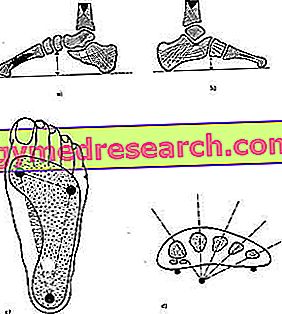Related articles: Uterine prolapse
Definition
Uterine prolapse consists of the uterus descending downwards or beyond the vaginal entrance. This occurs due to the weakening or injury of the supporting tissues of the perineum. For this reason, the disorder most commonly affects women of advanced age (post-menopausal atrophy) and those who have had one or more children vaginally.
A failure or direct injury of the structures that maintain the uterus in position may result from reduced congenital resistance of the connective tissue (eg Marfan syndrome) or from previous surgery on the pelvic organs.
Even conditions that cause excessive pressure on the pelvic floor can contribute to uterine prolapse. These include: obesity, chronic cough, constipation, lifting weights and making repeated efforts.
Depending on the relative gravity, one distinguishes 1st degree prolapses (the uterus is contained in the upper portion of the vaginal canal), 2nd degree (reaches the vulvar rhyme, but does not exceed it) and 3rd degree (protrudes outside of the vagina).
The symptoms that accompany the hysterocele include a feeling of pressure or a foreign body at the genital level, discomfort and / or pain during sexual activity, low back pain and chronic constipation. The vaginal mucosa can become thickened and inflamed. Sometimes, painful ulcers or blood loss appear. Urinary symptoms associated with uterine prolapse include slow and difficult urination, a feeling of incomplete bladder emptying and urinary incontinence.
Possible Causes * of Uterine Prolapse
- COPD
- Bronchitis
- Pregnancy
- Menopause
- Obesity
- Ehlers-Danlos syndrome



